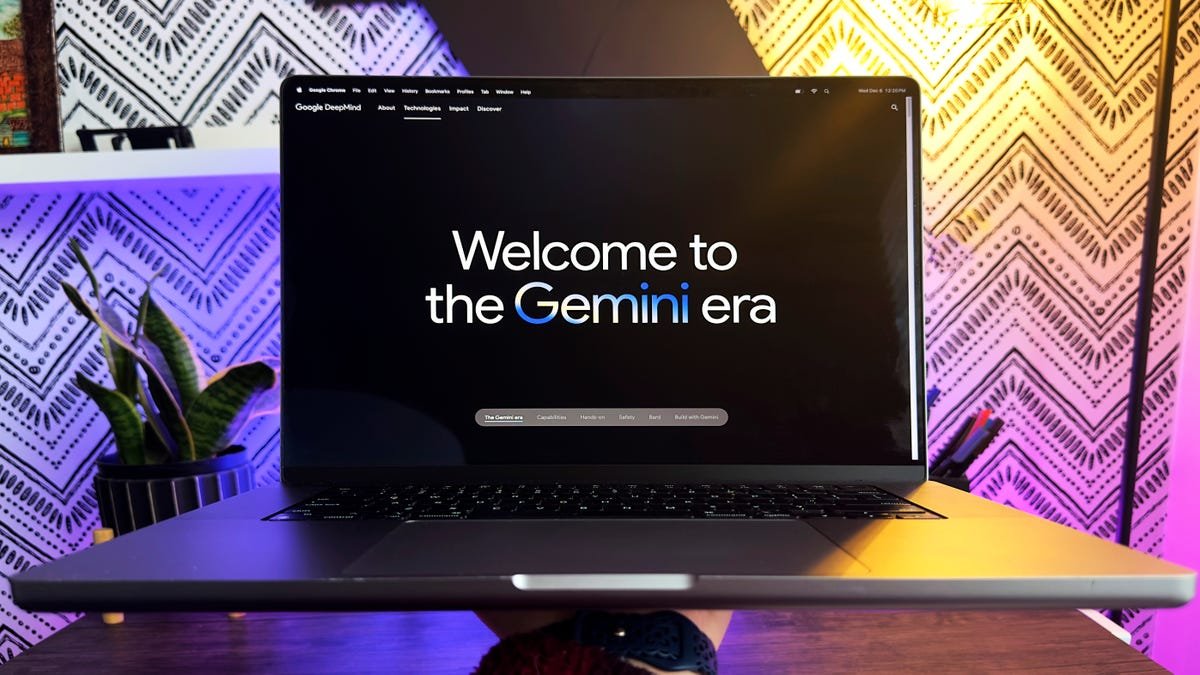Exploring the Potential of Picture AI Generators: A New Era of Visual Art
In recent years, artificial intelligence (AI) has made significant strides in various fields, including visual art. One of the most exciting developments in this area is the emergence of picture AI generators, which have the potential to revolutionize the way we create and consume visual content. In this article, we will explore the possibilities of picture AI generators and their impact on the future of visual art.
The Rise of Picture AI Generators
Picture AI generators, also known as AI art generators, use advanced machine learning algorithms to create original visual content. These algorithms are trained on massive datasets of images, allowing them to learn patterns, styles, and aesthetics that can then be used to generate new artworks. This technology has grown rapidly in recent years, with several companies and research labs investing heavily in its development.
One of the most notable examples of picture AI generators is the deep learning-based system developed by OpenAI, which has been used to produce stunning, hyper-realistic images. These images range from landscapes and portraits to abstract compositions, demonstrating the remarkable capabilities of AI in visual art creation.
Exploring Creative Possibilities
The potential of picture AI generators extends far beyond simply creating visually appealing images. These systems have the ability to push the boundaries of traditional art forms and inspire new creative expressions. For example, artists and designers can use AI-generated images as a starting point for their own work, experimenting with different styles and techniques to produce unique and innovative artworks.
Furthermore, picture AI generators can be integrated into various creative tools and software, offering users new ways to explore and manipulate visual content. This opens up exciting possibilities for graphic design, digital art, and mixed media, as artists can leverage AI-generated images to enhance their creative process and expand their artistic repertoire.
Impact on Visual Culture
As picture AI generators become more accessible and widespread, they are likely to have a profound impact on visual culture and the way we perceive and interact with images. The democratization of AI art creation means that individuals from diverse backgrounds and skill levels can engage with and contribute to the visual landscape in new and meaningful ways.
Furthermore, the proliferation of AI-generated images has the potential to challenge traditional notions of authorship and originality in art. As AI continues to blur the line between human and machine creativity, questions about artistic ownership, authenticity, and intellectual property rights are likely to become increasingly complex and contentious.
Future Opportunities and Challenges
Looking ahead, the potential of picture AI generators presents a wide range of opportunities and challenges for artists, technologists, and society at large. On one hand, AI has the power to expand the creative potential of individuals and communities, empowering them to explore new artistic frontiers and engage with visual culture in unprecedented ways.
However, there are also ethical and practical considerations to be addressed, such as the responsible use of AI-generated content, the impact on employment in the creative industries, and the implications for copyright and cultural heritage. Navigating these complexities will require collaboration and dialogue among stakeholders to ensure that AI art generators are leveraged for positive and inclusive outcomes.
Conclusion
In conclusion, the emergence of picture AI generators represents a new era of visual art that holds immense promise for creative expression, innovation, and cultural enrichment. As AI technology continues to evolve, it is essential to consider the ethical, legal, and societal implications of AI art creation, and to cultivate a nuanced understanding of its potential to shape the future of visual culture.
FAQs
Q: Can AI-generated images be considered original artworks?
A: The status of AI-generated images as original artworks is a subject of ongoing debate and legal interpretation. While AI systems can autonomously produce visual content, questions about authorship, intent, and human involvement remain unresolved.
Q: What are the implications of AI art generators for traditional art forms?
A: AI art generators have the potential to complement and expand traditional art forms by offering new tools, inspirations, and creative possibilities. They may also challenge established notions of artistic practice, craftsmanship, and artistic identity.
Q: How can individuals engage with AI-generated images in their own creative practice?
A: Artists and designers can integrate AI-generated images into their creative process by using them as reference material, design elements, or starting points for experimentation. This can lead to new forms of collaboration, cross-disciplinary practices, and artistic exploration.







